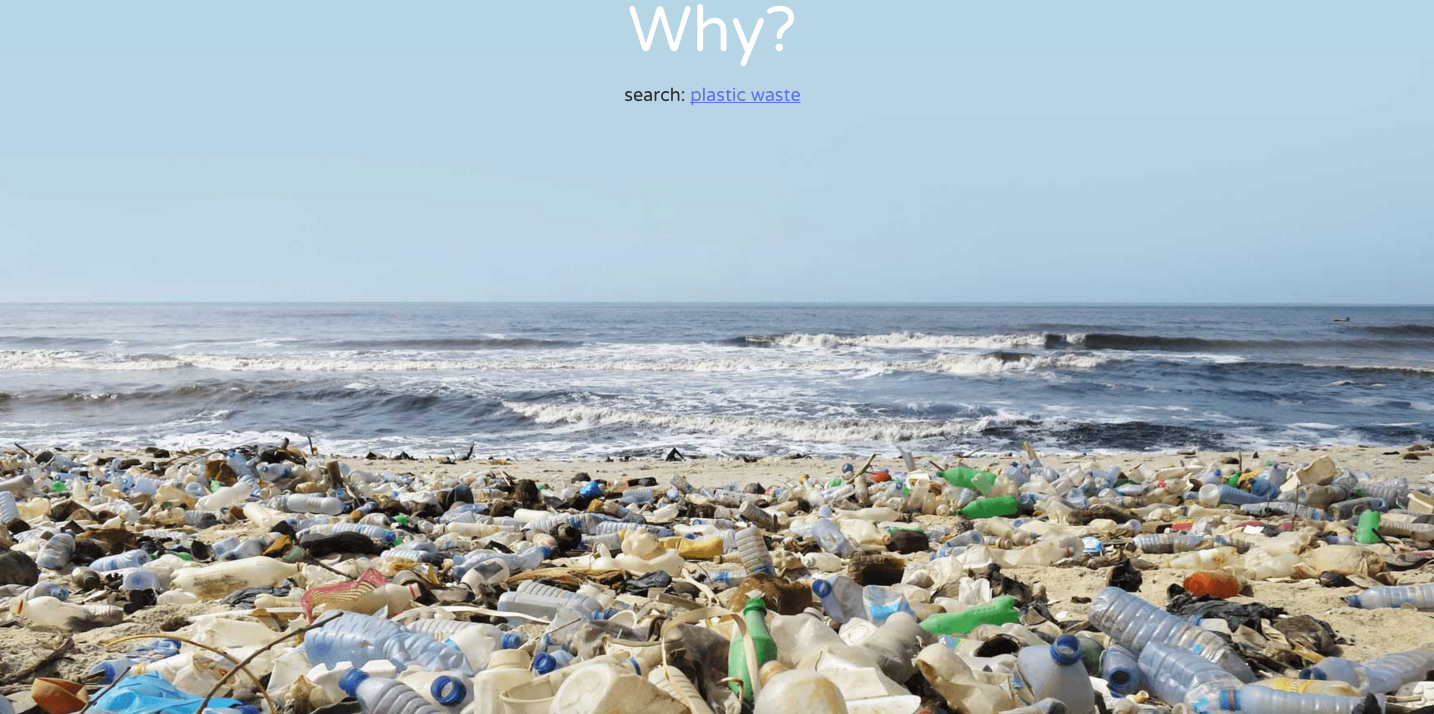
“Everything we throw away, comes back.” Although we have created billions of tons of plastic products over the past 60 years, many of which are single-use items, only 9% of it is recycled, according to National Geographic. The rest of our plastic waste litters our land, pollutes our oceans and harms living things all the way up the food chain. What can we do to tackle this growing inconvenient truth?
To educate the public, the LWVTA, led by Gloria Gutierrez, assembled a panel of four recycling experts, who discussed waste management and possible solutions to curb our throw-away habits. The panel agreed that educating people, especially children, of the facts and taking small steps are the wisest ways to effect change.Gloria described the movement “Do One Thing,” or DOT. It stresses focusing on only one change at a time. Whether it be to eliminate straws, use one’s own containers at stores and restaurants or create a compost pile, for example, focus only on it, master it, and then move on to another change.
Chris Celsi, Resource Recover & Recycling Manager of the City of Santa Monica, followed Gloria with a discussion of China’s ban on recyclables after finding large amounts of “dirty” and hazardous waste - such as soiled diapers and food soiled products - mixed in with its imports. After giving multiple warnings and citing its concern over human and environmental health, China made drastic cuts in acceptance of contamination and imports of certain recyclable materials. It increased recyclable processing fees and suspended mills’ import licenses. As a result, the US is stockpiling trash as the price of recyclable products continues to plummet. The Solid Waste Association of North America (SWANA) has warned the World Trade Organization of the economic consequences of the ban and has formed a recycling task force to address the ban. It has requested federal funds for the development of manufacturing and infrastructure to process banned materials, advanced technology processing facilities, education for source reduction, increased use of recyclable material in infrastructure products and the expansion of curbside recycling options. Ultimately, however, our consumer behavior must change.
Shane Keough, the founder and CEO of Global Ecosystems Solutions, uses his business as a force for good. He started his own company to provide simple and effective solutions and to educate others. His organization believes that large scale environmental and societal change does not have to start with large scale costs. To cut water costs, for example, a person does not have to run out and purchase a low-flow toilet, sensored sink or reclamation unit. It starts with simple choices like not leaving a running hose unattended while taking a thirty-minute phone call. To effect change, local grassroots groups can convince cities to be proactive. Recently, for instance, a group of mothers from Manhattan Beach, wanting to instill environmental values in children, had them share plastic waste stories at City Hall. The City decided to ban plastic straws, utensils and stirrers. “This ban was made by engaged community members, but it started with a group of empowered moms.” Keough’s plan is to initiate change locally but think globally.
Marc Rosenthal, founder of Precious Plastics LA, belongs to a global open source recycling organization with the motto, “We have created machines that enable anyone to recycle plastic.” Originating in the Netherlands, Precious Plastics instructs people how to use recyclables to make a wide-range of original products. In doing so, the organization not only helps people (especially children) learn about science, engineering and manufacturing but also helps give communities a better connection with their waste. Precious Plastic’s website contains numerous videos offering on-line instruction: https://atlasofthefuture.org/project/precious-plastic/

Taya Lazootin, Professor of Geography at SDSU, has a unique way of spreading the gospel of recycling. She gives credit to her students when they share their recycling stories and photos on Instagram. Professor Lazootin sees plastic as the ultimate enemy: “Americans throw away 35 billion plastic bottles each year. Plastics constitute 90% of all trash floating on the ocean’s surface, with 46,000 pieces of plastic per square mile. Annually 500 billion plastic bags are used worldwide. More than 1 million bags are used every minute.” It takes decades for a plastic bag and centuries for a soda or detergent bottle to decompose, but the plastic never goes away entirely. It becomes a highly toxic microplastic, which is ingested by living organisms and travels up the food chain. It is most toxic to organisms with a high degree of fatty tissue, like human beings. She urges people to consider using reusables, switch to sustainable products and stop buying products (like cosmetics) with microplastics.
The presentation ended with the panel agreeing with the “Do One Thing” at a time (DOT) technique. Do what we can when we can, but do not be overly judgmental when we fall short of our goals occasionally. Everyday more and more people are coming on board the recycling train . . .but it is a long ride to zero waste.